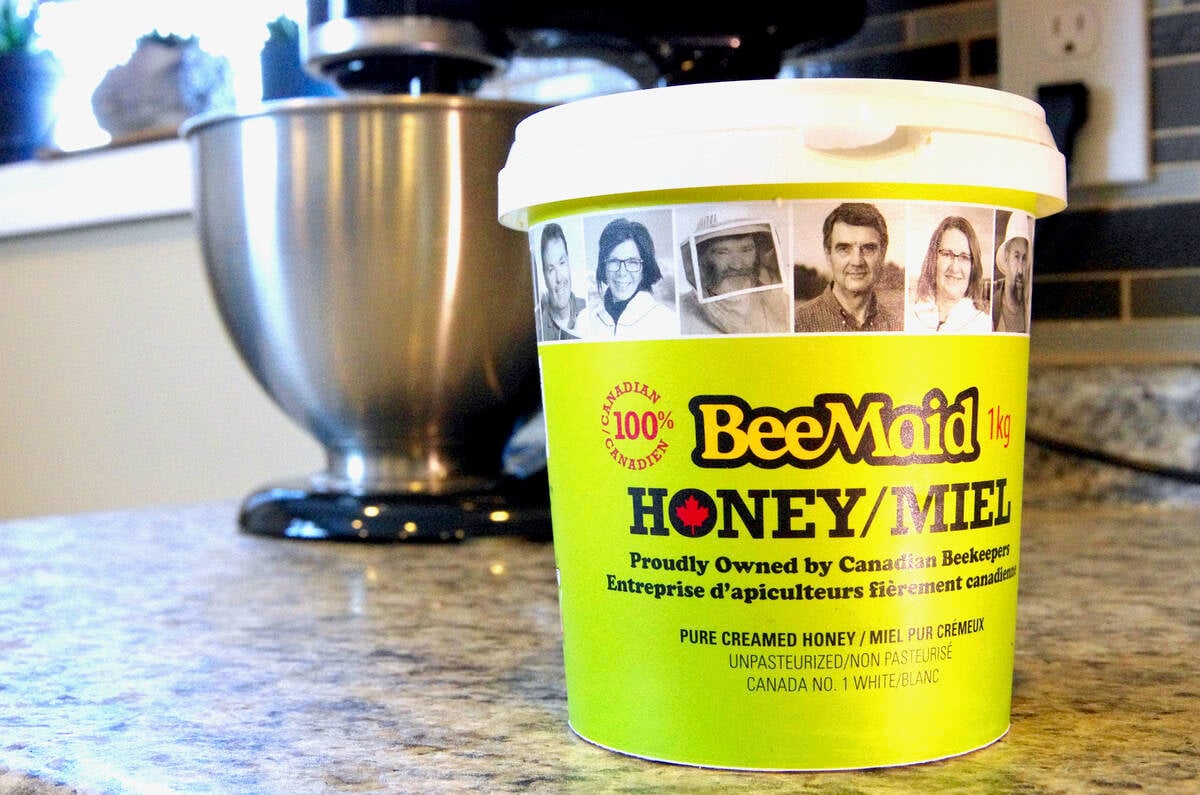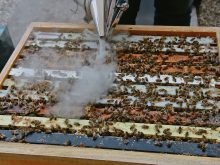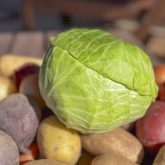Wheat, canola, soybeans and garden produce may take the spotlight this time of year, but they are not the only things being harvested right now in farm yards across Manitoba.
Beekeepers are still tending to their sweeter harvest, collecting the season’s final frames of honey before bees settle in for winter.
In the United States, September gives a boost of public attention to the beekeeping sector with National Honey Month. Canadians though, can also use it as a convenient invitation to experiment with one of the kitchen’s most versatile ingredients: honey.
Read Also

Local farm businesses, groups look forward to Manitoba Ag Days 2026
Most of agriculture is seemingly at Manitoba Ag Days each January: Manitoba agribusinesses and farm groups look forward to connecting with farmers at the 2026 show.
Honey can be used as an alternative to white sugar to sweeten baking. It helps balance savoury marinades, soothes a cough, and shines in beverages and dressings. This September, drizzle, bake, sip and savour honey to discover just how far this simple ingredient can go.
Making the honey grade
Exploring honey begins with colour and flavour. Did you know there are over 300 varieties worldwide? Their hues range from white and pale gold to deep amber, red and nearly black, with flavour and aroma shaped by which flowers the bees visit.
In Canada, honey is graded by colour, such as Canada No. 1 white. Labels may also identify specific floral sources like buckwheat, clover or sunflower if that nectar makes up 50 per cent of the honey.
Light honeys such as clover, alfalfa and canola offer delicate floral aromas and gentle sweetness, perfect for fruit, toast, or appetizers where their flavour can shine. Darker honeys like buckwheat or late-season wildflower are more robust, with notes of molasses or malt, suited to those who prefer bolder flavours.
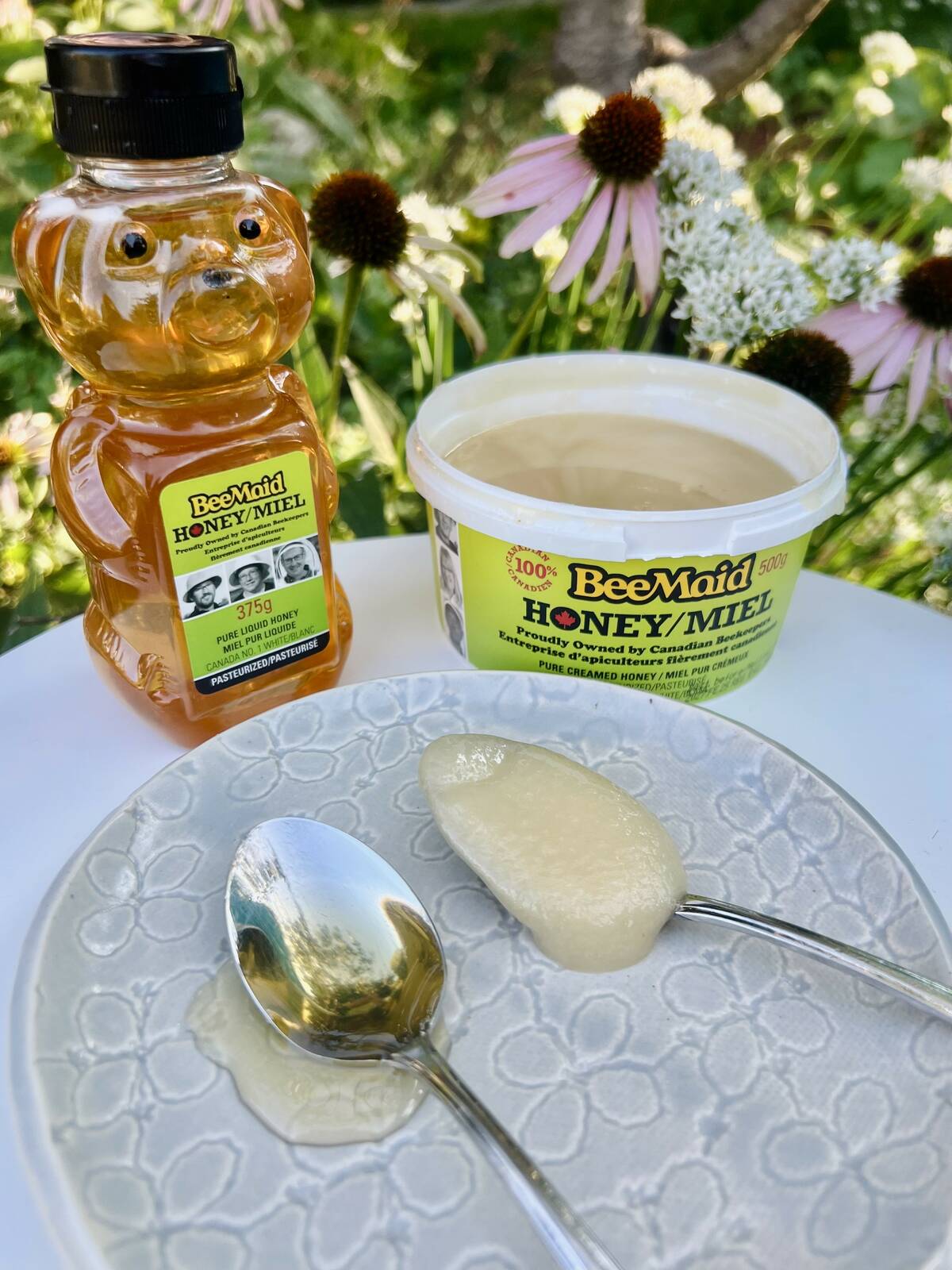
Beyond colour and floral source, you may also see optional labels indicating if honey is raw (creamed honey only) unpasteurized or pasteurized. Pasteurized honey is flash-heated to kill yeast and slow crystallization of liquid honey. All options are safe, although Health Canada advises that honey should not be given to infants under 12 months due to the risk of infant botulism.
From there, it comes down to texture. Liquid honey is golden, pours easily and works well in drinks, dressings, and marinades. Creamed honey is liquid honey that has been carefully seeded with fine crystals and churned to create a smooth, spreadable texture that won’t develop large crystals. Despite the name, no cream or dairy is involved. Creamed honey is perfect for spreading on your morning toast and most recipes.
At some point, you may find your liquid honey developing crystals. Crystallization is a natural process of pure, authentic honey. It’s completely safe to eat and can be easily turned back into liquid. Simply, place the jar in a bowl of warm water and stir until the crystals dissolve. Avoid microwaving or high temperatures to retain the best flavour and properties of your honey.
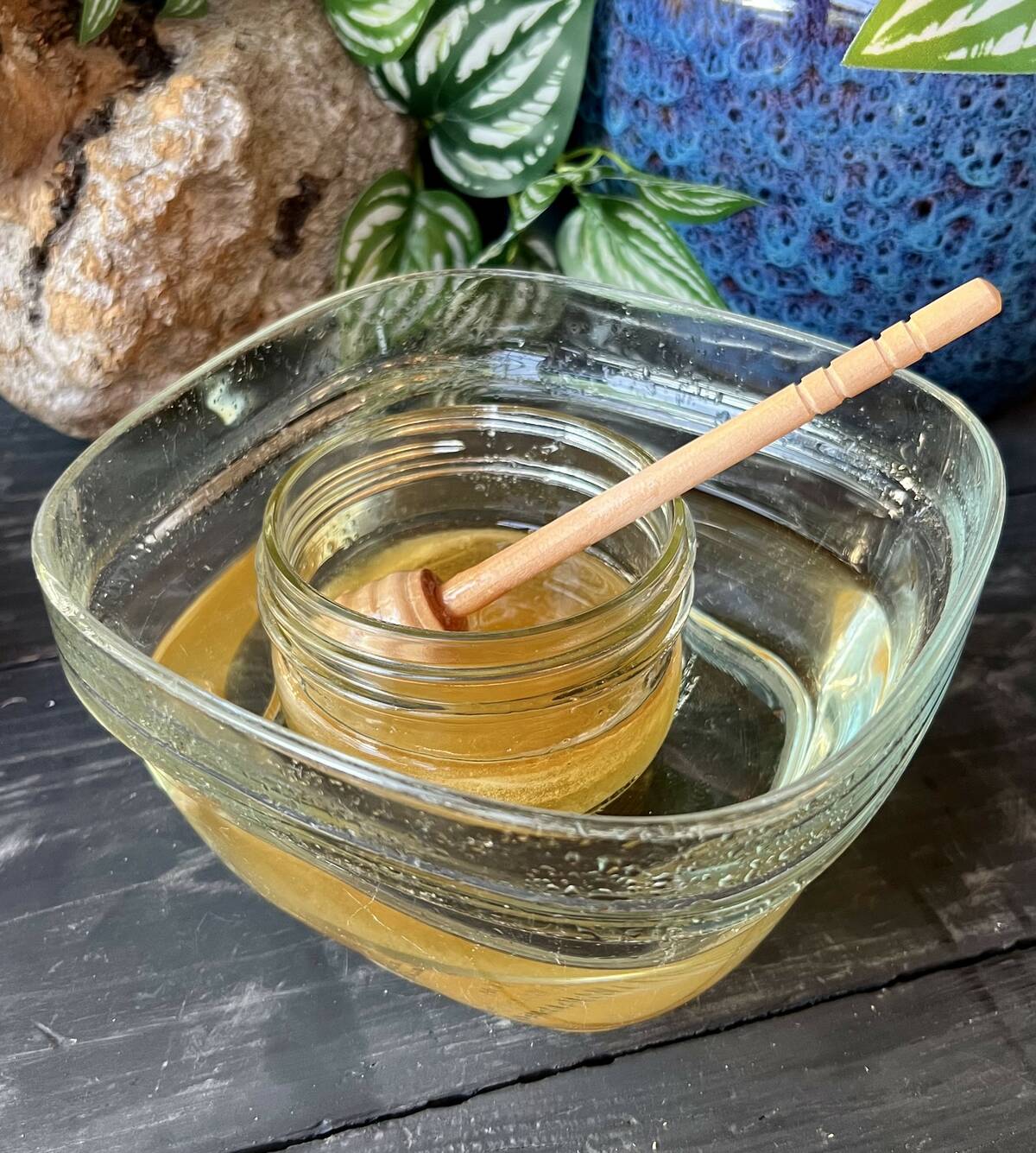
You may also notice an expiry date on some honey jars. That date is primarily for inventory management; it is not an indication of safety. Honey is one of the few foods that can last for decades, even centuries, when stored properly. Its low water content and acidity make it inhospitable to bacteria and mould. To keep it tasting its best, store honey in a sealed container in a cool, dark cupboard. Refrigeration is unnecessary and will actually speed up crystallization.
One of the most important choices you can make is to buy Canadian honey. Your purchase supports local beekeepers and their ability to invest in hive health, disease management and sustainable practices. Healthy bees are essential pollinators for Prairie crops. When beekeepers thrive, Canadian agriculture benefits too. Buying Canadian also helps keep money in our communities.
When shopping, look for “Product of Canada” or “Canada No. 1” on the label to be sure your honey is 100 per cent Canadian. Or look for trusted local brands or co-ops like BeeMaid Honey to support local, Canadian beekeepers.
Whether you spread it on toast, drizzle it over garden vegetables, stir it into your favourite beverage or comfort a sore throat, take a moment to celebrate the honey sector enjoy the recipes below.

Roasted butternut squash with hot honey
This sweet and spicy honey drizzle goes beautifully with roasted squash or any root vegetables. Store extra honey drizzle in the fridge and enjoy with roasted vegetables, baked brie, grilled salmon or chicken or over warm biscuits.
Makes: Four to six servings
Ingredients
1 butternut squash
4 tbsp oil, plus more for roasting squash
3 tbsp honey
2-3 tsp hot pepper flakes (adjust to taste)
Pinch of salt
1/3 cup pumpkin seeds, toasted
2 tbsp chopped parsley or cilantro
Directions
Peel and cut butternut squash into three-quarter-inch cubes. Coat lightly with oil and roast at 375 F (190 C) for 25 minutes, turning halfway.
Mix four tablespoons of oil, honey, hot pepper flakes and salt. Drizzle half on roasted squash once out of the oven, but still hot. Store extra drizzle in fridge to use with other fall recipes.
Garnish with your favourite herbs and toasted pumpkin seeds. Enjoy.
Source: www.gettystewart.com
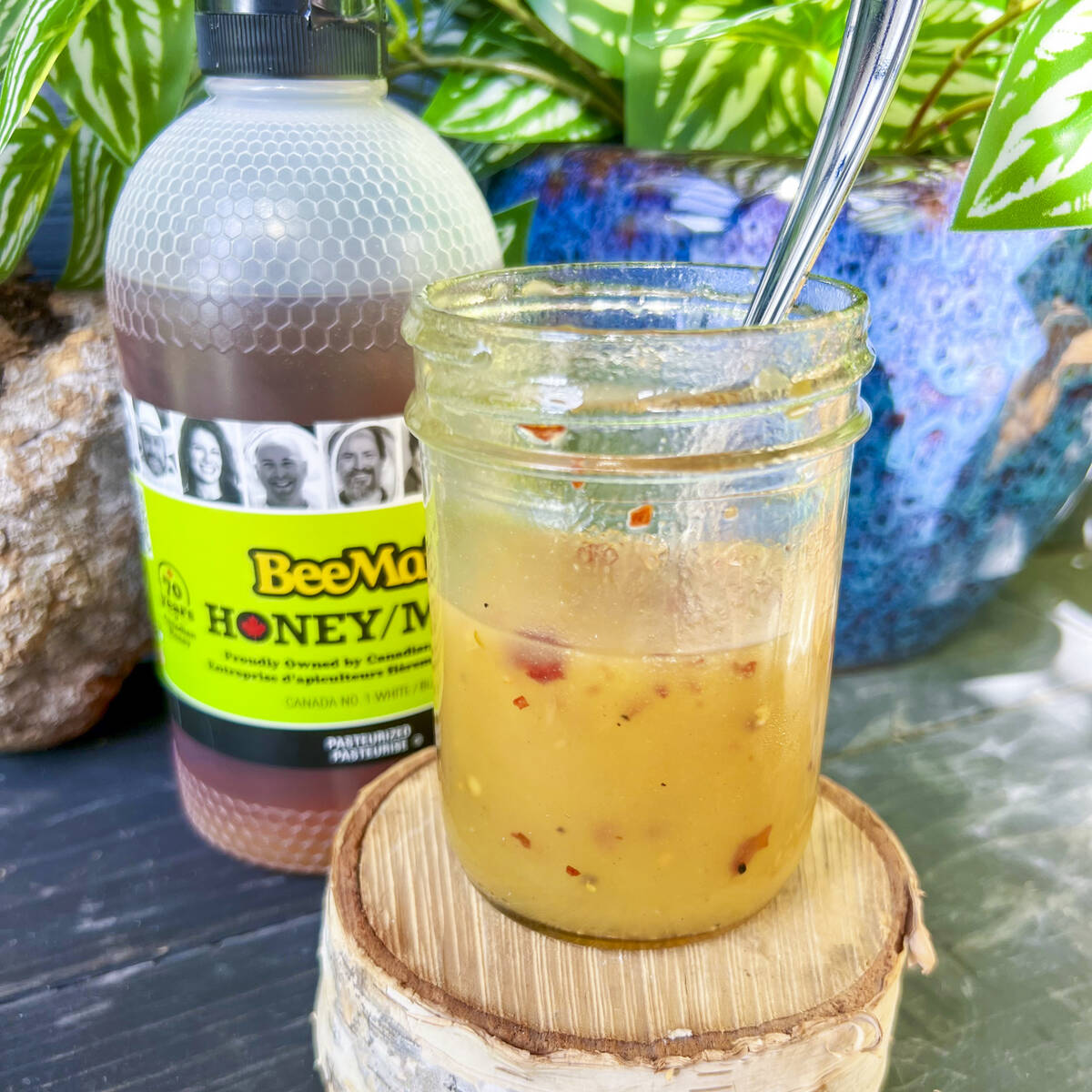
Honey syrup
Keep a batch of this honey-based syrup on hand for when you need to soothe a sore throat or simply want to enjoy a comforting hot beverage. Sip it straight from the spoon or stir into a hot cup of water or herbal tea.
Makes: Two and a half cups
Ingredients
1 1/2 tbsp lemon zest
1/4 cup ginger, peeled and thinly sliced
1/2 cup water
3/4 cup fresh lemon juice
1 1/2 cups honey
Directions
In a small saucepan, combine the lemon zest, sliced ginger and water. Bring to a boil then reduce the heat and simmer for eight minutes.
Strain the mixture through a small mesh sieve into a heat-proof measuring cup to remove the ginger and lemon zest from the water.
Rinse the saucepan out and pour back in the lemon-ginger water. Add honey and half a cup of the lemon juice.
Stir over low heat until it combines to form a thick syrup, adding more lemon juice to the taste and texture you prefer.
Pour into a glass jar and let cool completely before sealing with a tight-fitting lid. Store in the fridge for up to two months.
To use, take one tablespoon straight from a spoon for a sore throat or stir into a cup of warm water or herbal tea. Use more or less as desired.
Source: www.beemaid.com


